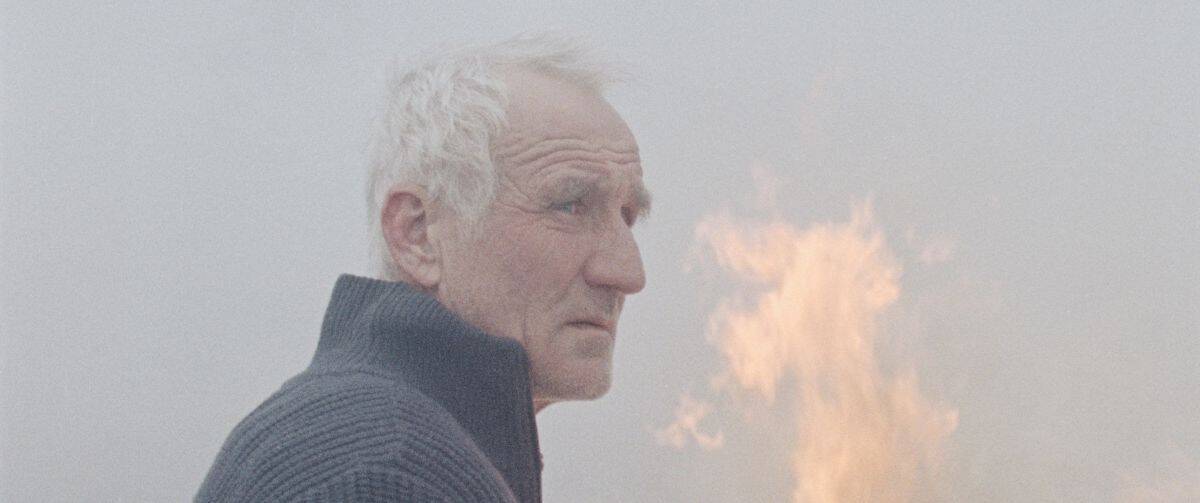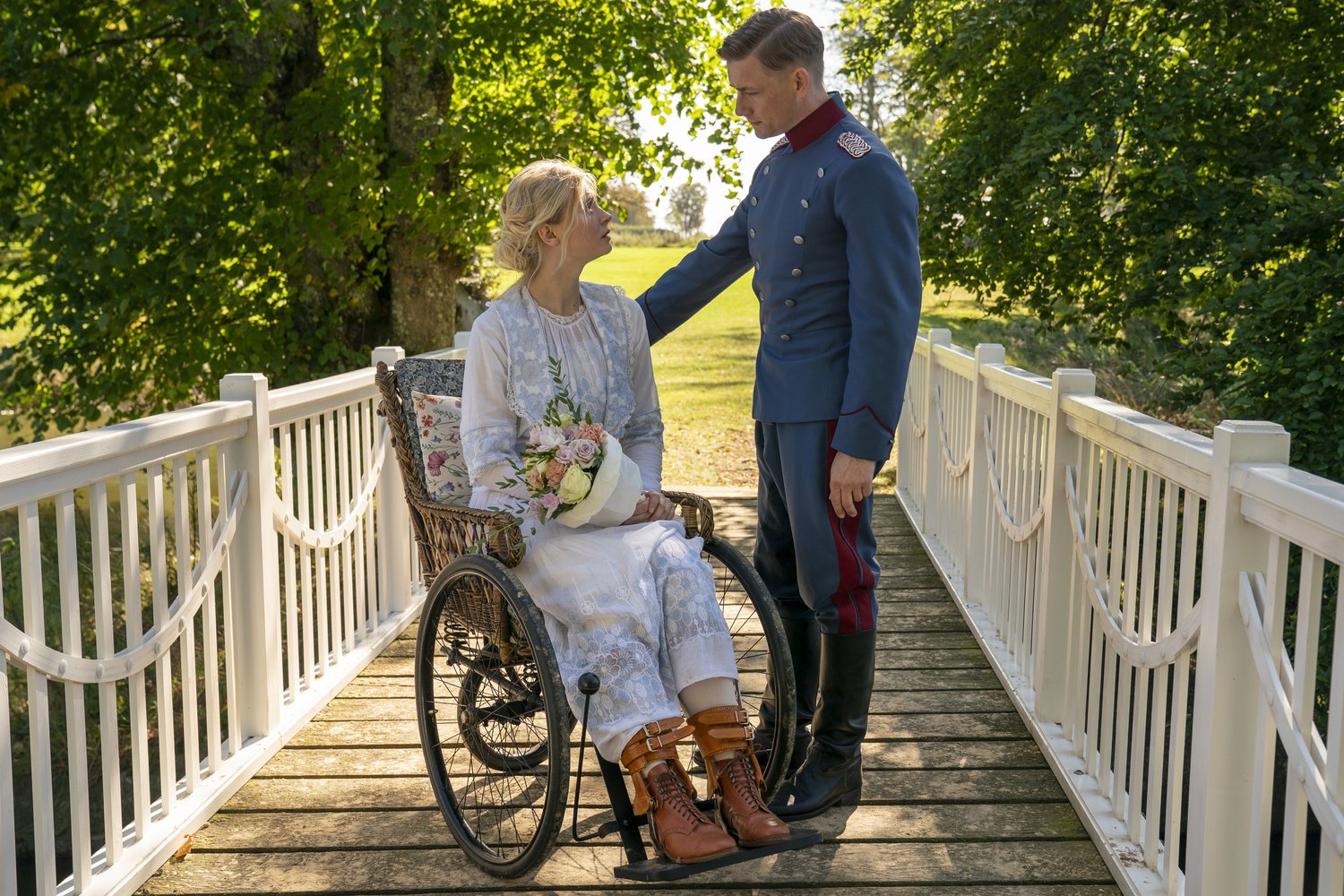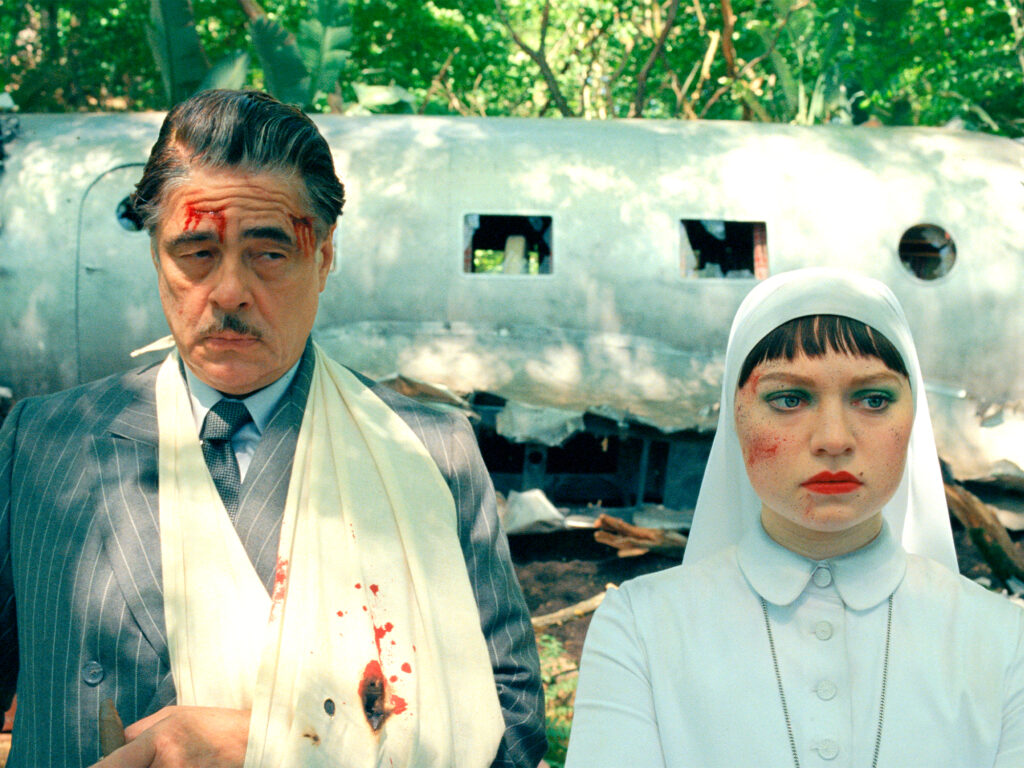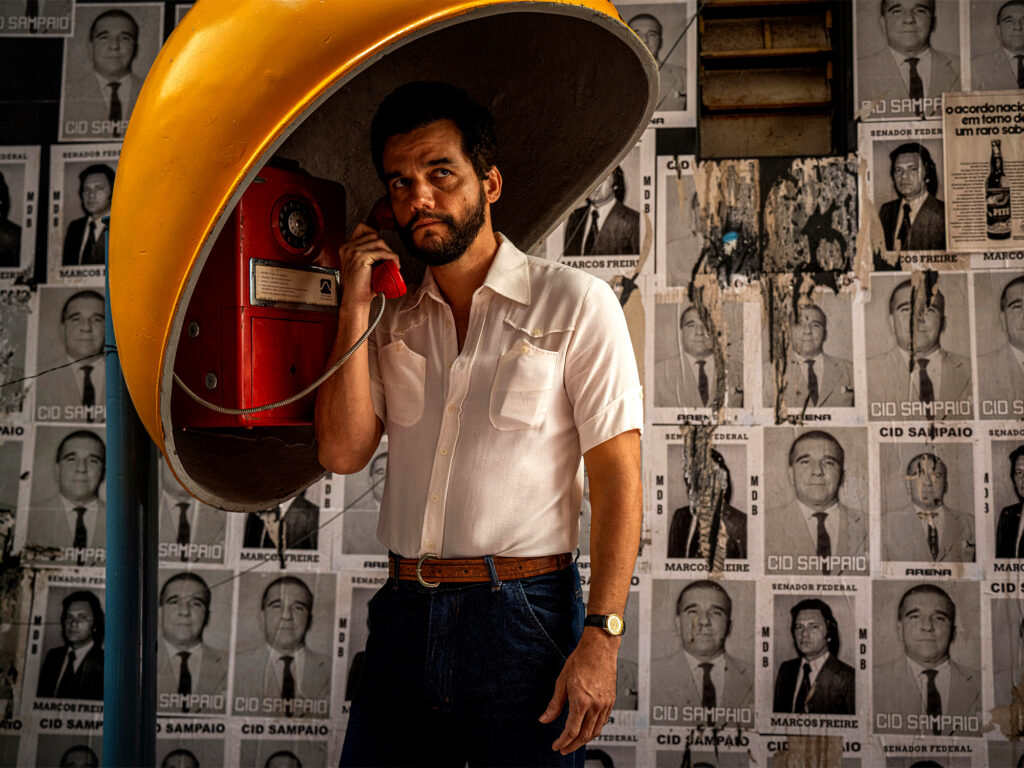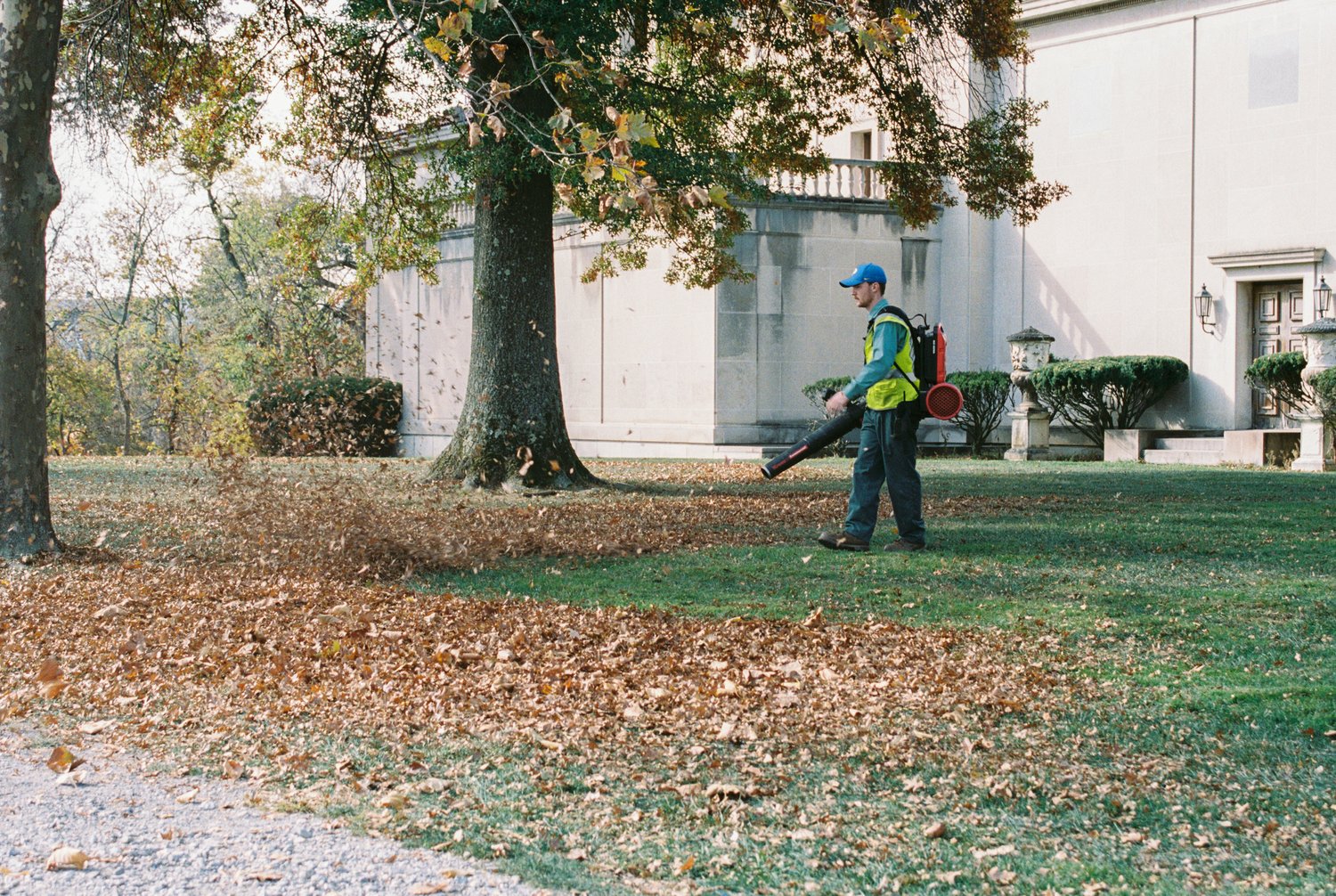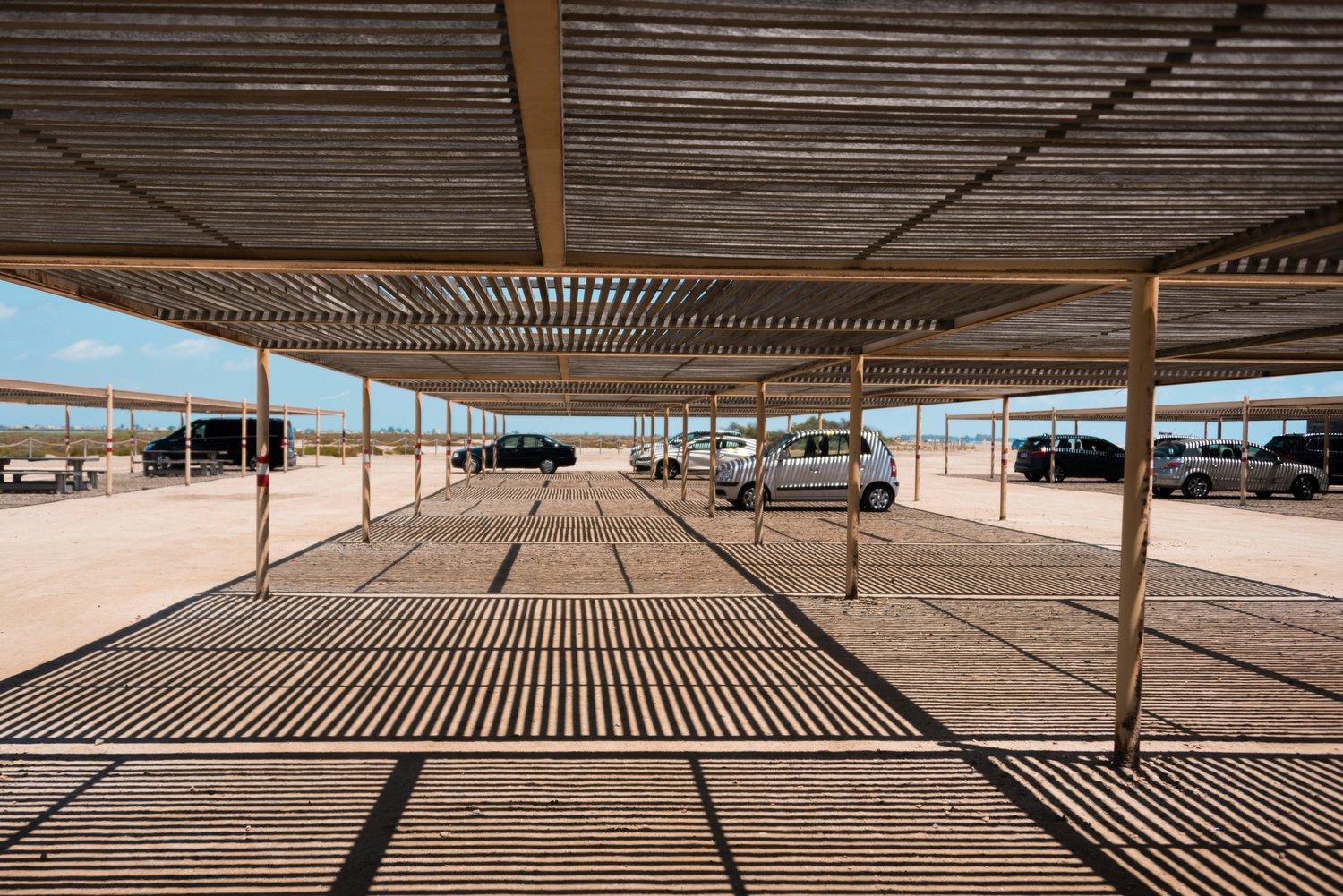Reedland (Rietland) is Sven Bresser’s first feature film. It premiered during Semaine de la Critique (Critics’ Week) at this year’s Cannes Film Festival. This festival strand has presented several gems during the last four years, such as Feathers (2021) and Tiger Stripes (2023). The main character is Johan, who is a reed cutter by profession. One day, he discovers the lifeless body of a girl on his land. The finding seems to have a profound effect on him, going beyond the initial surprise. He sets out on some kind of quest to track down evil, but different types of darkness may exist where you least expect it. The director expanded on this theme during my interview with him.
Set in the northern part of the Netherlands, Reedland opens with a lengthy shot of wind rustling through a vast area of reeds. It’s profoundly atmospheric, verging on hypnotic. Shots of the reeds will return throughout the film and are a significant part of the work’s design. The finding of the dead body sets the necessary police investigation in motion, but this is far from a police procedural film. On the other hand, there are several procedural moments in the film. The reed cutters’ livelihood is in danger due to globalisation and even by competitors from the other side of the lake, called the Trooters. Thus, we will follow several meetings where those threats are discussed in bureaucratic jargon.

What hides in the Reedland?
Johan’s existence appears mundane, with the same repetitive tasks being carried out each day. However, how the shots are framed renders them ritualistic. We see him working on the reed beds, eating, drinking, walking home, and feeding his horse. Occasionally, Regarding that aspect of the film about Béla Tarr’s last film, The Turin Horse, even though the films are quite different. Johan takes care of his granddaughter as well. His existence is mapped out. The police case seems to cause a rift in his existence, possibly compared to a piece of reed being cut. Another Hungarian film that came to my mind was Attila Janisch’s After the Day Before (Másnap 2004), where the murder case is a secondary priority.
Reedland is stunningly shot by Sam du Pon. Still, what we don’t see is arguably more important than what we do. A constant menacing threat looms over the film, but we rarely see any literal menace. That goes for everything, including the Trooters, whom we only hear about. Whatever happens to Johan (played by actual reed cutter Gerrit Knobbe in his first role), he doesn’t seem to react emotionally but keeps the same deadpan expression whatever he does. His fight against evil is as much internal as external, and Knobbe is perfect in the part throughout the whole film.
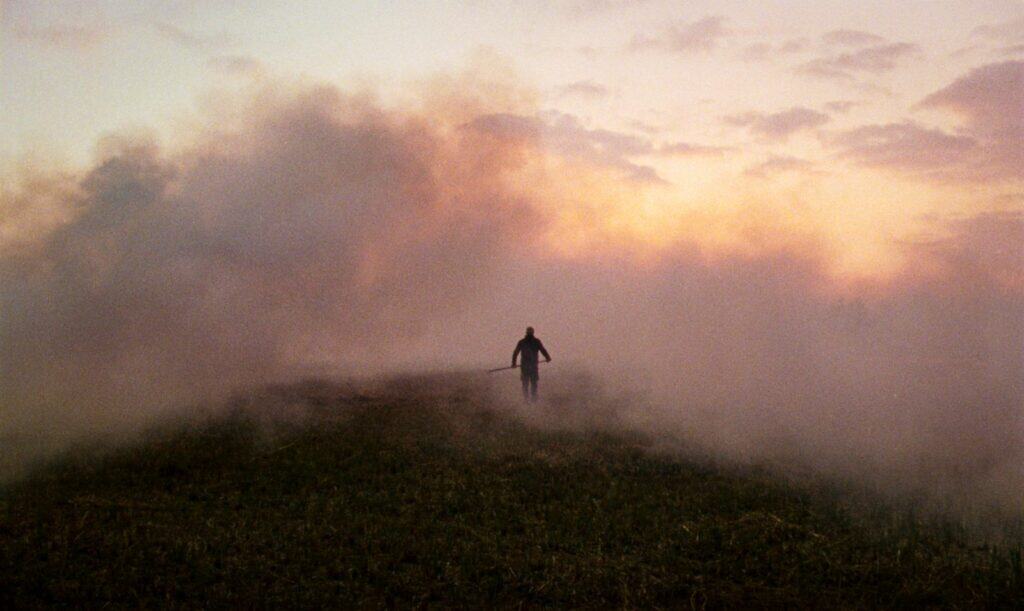
Bresser manages to visualise his concept beautifully, playing with certain genre elements without ever falling for the temptation to use them for cheap effects. Reedland is a stunningly shot first feature that should be experienced on the big screen. It is yet another gem found in the Semaine de la Critique section. Ava Cahen and her team should be commended. As always, the screening introduction was expertly translated by Aurore Kahan.
